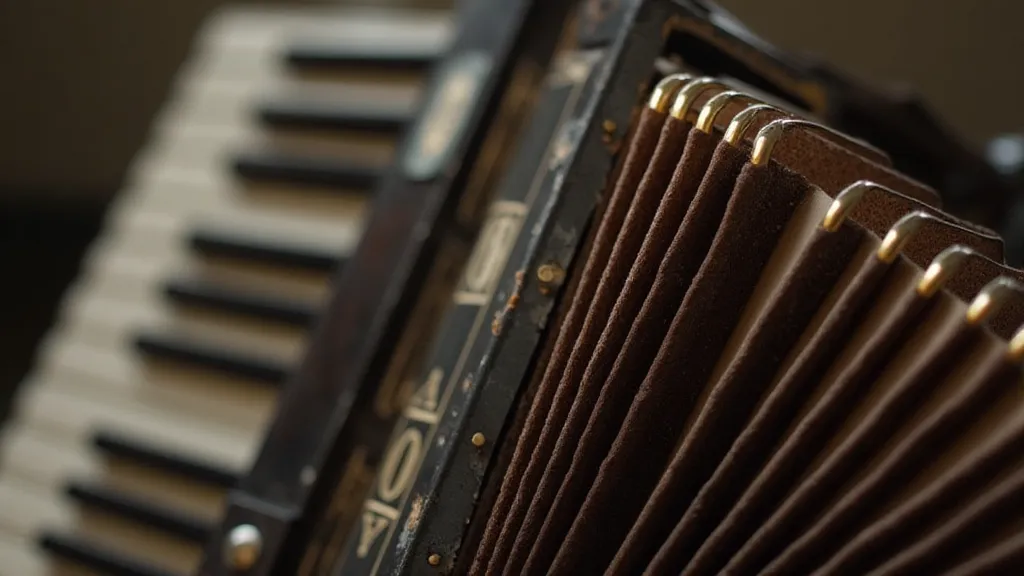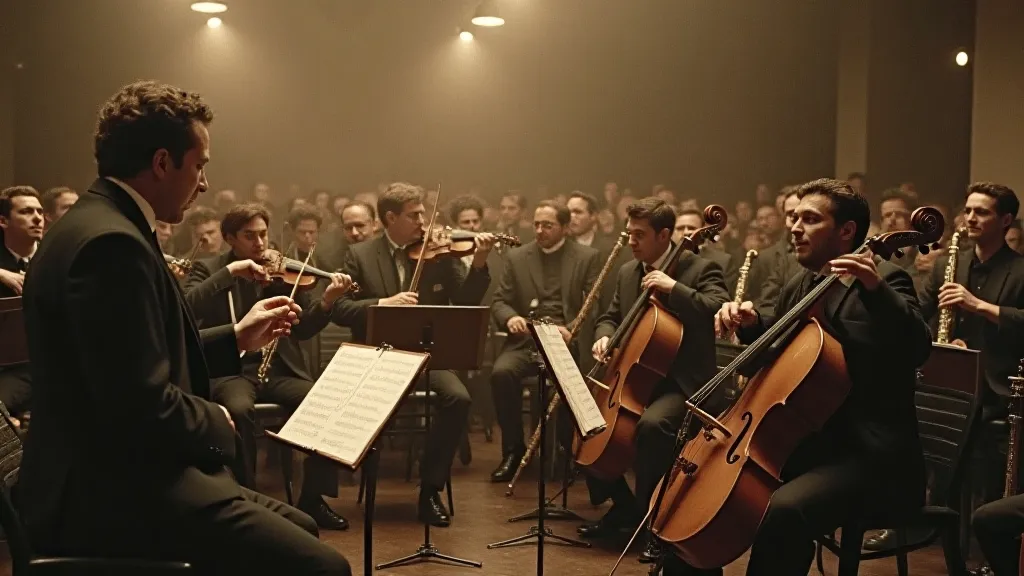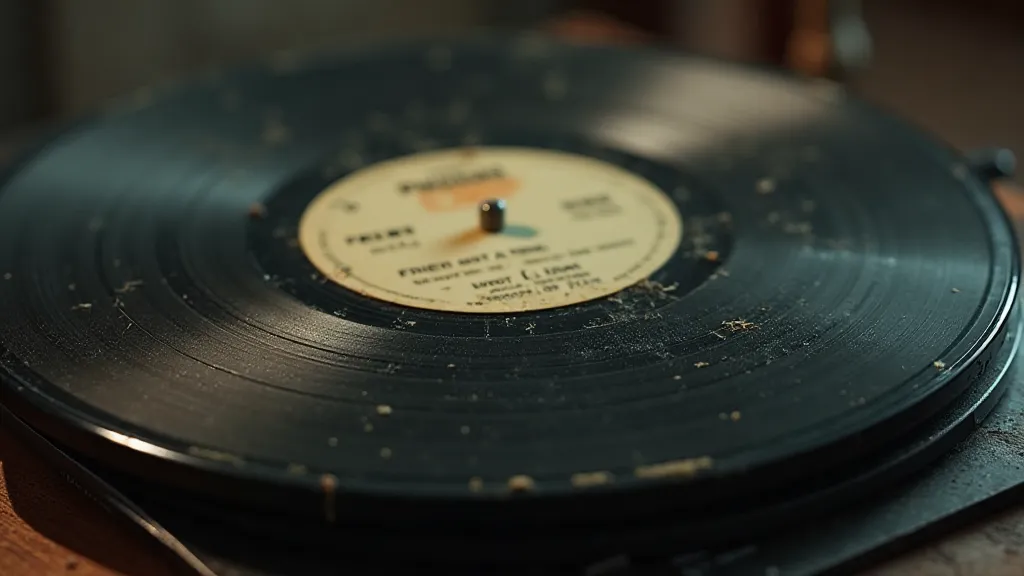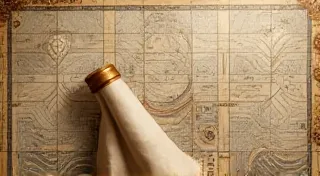Chromatic Ghosts: The Unseen Architecture of Film Music
Film music, often relegated to the periphery of cinematic experience, is far more than just background ambience. It’s the unseen architecture, the emotional scaffolding that supports the narrative, revealing subtext and intensifying atmosphere in ways dialogue often cannot. We tend to focus on the visual, the actors' performances, but the music—the carefully chosen notes, the timbral shifts, the harmonic progressions—is silently shaping our perception, guiding our empathy, and unlocking a deeper understanding of the story unfolding before us. This article explores the fascinating concept of “musical color” and how it's leveraged in forgotten movie soundtracks to create an enduring emotional resonance.
The Palette of Sound
Imagine a painter limited to only black and white. Their ability to convey nuance, emotion, and depth would be severely restricted. Similarly, music stripped of its harmonic and timbral complexity loses a vital dimension. "Musical color," as composers and theorists discuss it, refers to the subjective quality of a piece of music. It’s not about literally seeing colors, but about the feelings and associations evoked by particular combinations of instruments, harmonies, and melodic contours. A soaring string section drenched in reverb might evoke feelings of grandeur and melancholy; a brittle, dissonant piano chord could signify tension and unease; the wheezing breath of an antique accordion can summon a nostalgic longing for a bygone era.
Consider the accordion, an instrument often perceived as belonging to a specific, somewhat stereotypical, cultural expression. It's easy to dismiss it as simply a folk instrument, but in the hands of a skilled composer—particularly in the soundtracks of forgotten films—it becomes a remarkably versatile tool for conveying emotion. The very timbre of the accordion, with its slightly nasal and reedy quality, carries a built-in patina of age and memory. It suggests resilience, a history of being played in dimly lit cafes, alongside the laughter and tears of countless lives. A composer utilizing the accordion understands its inherent character and leverages it to create a profound emotional connection.
I remember finding a battered, almost abandoned accordion in my grandfather's attic. It was covered in dust, its bellows stiff and cracked, but the moment I breathed life back into it, playing a simple, melancholic waltz, I was transported. It wasn’t just a sound; it was a feeling – the feeling of family gatherings, of shared stories, of a world tinged with bittersweet nostalgia. That’s the power of an instrument imbued with history, and that's the kind of evocative quality that makes certain movie soundtracks, particularly those from less celebrated films, so deeply affecting.

Harmonic Subtext: Unveiling Hidden Meanings
Beyond the choice of instruments, the harmonic structure of a film score is crucial in creating atmosphere and revealing subtext. Dissonance, often used to create tension or discomfort, isn't just about clashing notes; it's about manipulating the listener’s expectations. A seemingly simple, romantic melody can be subtly undermined by the introduction of a dissonant chord, suggesting a deeper, more complex emotional reality beneath the surface. Likewise, the resolution of that dissonance—the return to consonance—can offer a fleeting moment of hope or acceptance, even if the underlying problems remain.
Many forgotten soundtracks employed unusual harmonic progressions—movements between chords that deviate from the traditional rules of harmony—to create a sense of unease or disorientation. These "wrong" notes, placed deliberately, are not errors; they are powerful tools for creating a psychological effect on the viewer, subtly altering their perception of the scene.
Consider the use of the whole-tone scale, a scale with no semitones (the half-step interval crucial to Western harmony). It creates a sense of ambiguity, of floating outside of a defined tonal center. When employed in a forgotten film soundtrack to accompany a dream sequence or a moment of psychological breakdown, it can powerfully convey a feeling of disorientation and detachment from reality. It's a subtle, yet profoundly effective, technique, rarely employed in mainstream cinema.
Timbral Landscapes: Painting with Sound
The "color" of a film score isn't solely determined by harmony; it's profoundly shaped by the timbres of the instruments used. A composer can evoke a sense of bleakness with the desolate drone of a theremin, a shimmering sense of magic with the ethereal tones of a celeste, or a feeling of oppressive grandeur with the rumble of a pipe organ. The combination of these timbres, carefully layered and manipulated, creates a sonic landscape that is as vital to the film's atmosphere as the cinematography.
The process of "layering" sounds – combining multiple recordings of the same instrument, or juxtaposing vastly different instruments – is a crucial technique in modern film scoring. This allows composers to create textures that are far more complex and nuanced than what could be achieved with a single instrument. A forgotten soundtrack might employ unusual combinations – a solo cello intertwined with the metallic clang of industrial machinery – to create a feeling of alienation or unease.

The Restorer’s Ear: Preserving Forgotten Harmonies
The preservation of these forgotten soundtracks is an act of cultural responsibility. Many of these scores were recorded on fragile magnetic tape, and the degradation of that tape over time threatens to erase them entirely. The work of film music restorationists – those who painstakingly clean, repair, and remaster these recordings – is essential for ensuring that future generations can experience the full artistic depth of these films.
Restoration isn’t just about removing noise; it’s about preserving the original character and atmosphere of the recording. A skilled restorer understands that the “noise” itself—the hiss of the tape, the subtle imperfections in the recording—can be an integral part of the overall sonic texture. Removing that noise entirely can strip the soundtrack of its historical context and emotional resonance.
A Legacy of Silence
The forgotten movie soundtracks are a testament to the power of film music to evoke emotion, reveal subtext, and create a lasting impact on the viewer. They offer a glimpse into a world of creative experimentation and artistic innovation that has largely been overlooked by mainstream cinema. By appreciating the subtle nuances of musical color, the ingenuity of harmonic structure, and the beauty of timbral landscapes, we can unlock a deeper understanding of these films and celebrate the legacy of the composers who created them.
The next time you encounter a lesser-known film, take a moment to truly listen to the music. You might be surprised by what you discover—a hidden world of beauty, emotion, and artistic brilliance that has been waiting to be rediscovered. The echoes of these chromatic ghosts, the unseen architecture of film music, continue to resonate, offering a profound and enduring testament to the power of sound.






